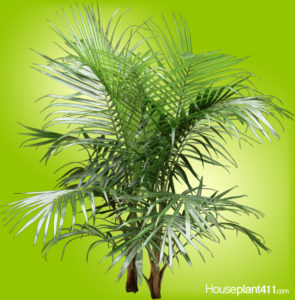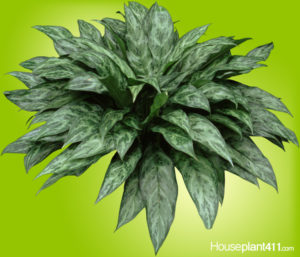How to Water Indoor Houseplants: How Much and How Often
Hi Judy,
I have a Chinese evergreen plant and a Majesty Palm. From what I understand, these plants should be watered once a week correct? My question is, how much water should I give them once it’s time to water. Should I make the soil completely wet or should the top two inches of the soil only be wet? Also, what do you use to measure how much water to give them if you do so at all? For instance, do you use a measuring cup or do you just base it off of instinct? Thanks in advance!
Hi Andrew,
Let’s start with watering plants in general. Plants easily die from too much water because the roots rot. An under- watered plant can usually be saved, even if it loses a few leaves. Plants in larger pots take longer to dry out than plants in smaller pots. Plants in higher light dry out faster than plants in lower light. Plants in warmer temperatures dry out faster than plants in a cool room. Plants in looser soil dry out faster than plants in heavy clay like soil. Plants with thick leaves (succulents) store water and need to be watered less often than plants with thin leaves. I like to lift a plant when I’m not quite sure if it’s time to water. If the plant is heavy, I don’t water; if the plant is very light, I water. My best advice is always, when it doubt, don’t water!
All plants need drip holes in the bottom of their pot so excess water can escape. No plant should sit in the excess water, drain it as soon as possible. When you water any plant, water well enough so that the water comes out the drip holes in the bottom of the pot.
A Chinese Evergreen and a Majesty Palm have different watering needs and may need to be watered at different times. Different types of plants like their soil maintained at different moisture levels before they are watered. The soil of a Majesty Palm should be consistently moist but not soggy. Never let a Majesty Palm dry out or sit in water. Brown tips on a Majesty Palm mean the plant needs more water and yellow tips mean the plant has been over-watered. When the tops few inches of soil are dry, it’s time to water. Majesty palms are usually in large pots, so although the top few inches are dry the soil towards the bottom of the pot is still wet.

For a Chinese Evergreen, allow the top 25-30% of the soil to dry out before watering. When the soil of a Chinese Evergreen is too wet, the stems become “mushy” and die. To add to the confusion a bit, when the soil gets too dry or too wet, yellow leaves develop. These plants are considered poisonous and should be kept away from pets and children. Read more about common houseplants that are poisonous in Don’t Feed Me To Your Cat! A Guide to Poisonous Houseplants

Chinese Evergreen
